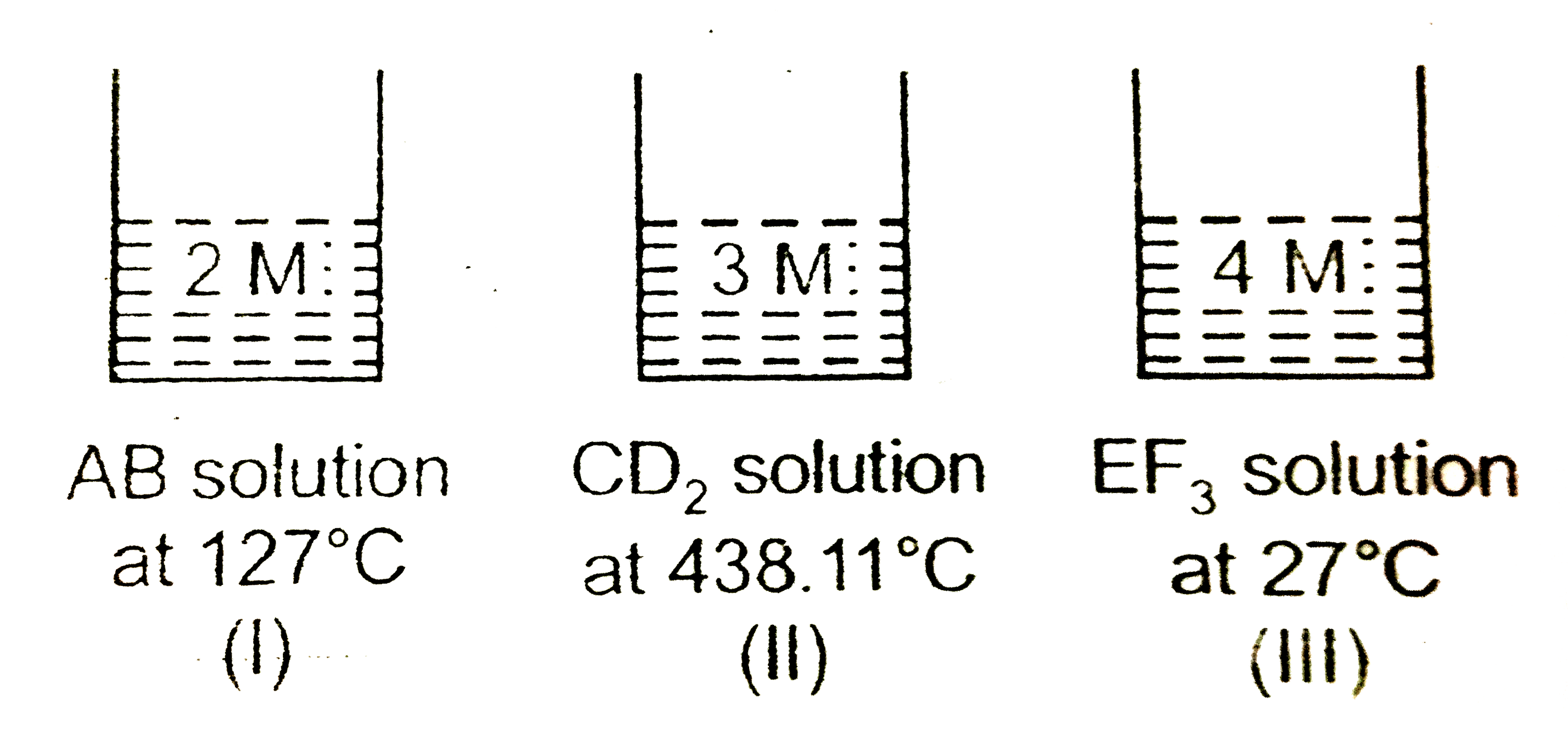Let S={1,2,3,...,n}. If X denotes the set of all subsets of S containing exactly two elements, then the value of ∑A∈X (min. A) is given bySolution in Gujrati
.n+1C3
.nC3
n(n2−1)6
n(n2−3n+2)6
The correct Answer is:A, C
∑A∈X minA
n−1∑r=1r(n−r)=nn−1∑r=1r−n−1∑r=1r2
=n(n−1)n2−(n−1)n(2n−1)6
=(n+1)⋅n⋅(n−1)1⋅2⋅3=.n+1C3=n(n2−1)6
Similar Questions
If x is a finite set. Let P(X) denote the set of all subsets of X and let n(X) denote the number of elements in X. If for two finite subsets A, B, n(P(A)) = n(P(B)) + 15 then n(B) = , n(A) =
6,2
8,4
4,0
0,1
View SolutionS is a set containing n elements. If two subsets A and B of S picked at random from the set of all subset of S. Then the probability that A and B have no common element.
View SolutionLet S be a universal set and n(x)=k Then the probability of choosing two subsets A and B of the set x such that B=barA Will be.
View SolutionLet X be a set containing n elements. Two subsets A and B of X are chosen at random, the probability that A∪B=X is
View SolutionConsider three solutions of 3 strong electrolytes.AB, CD2 and EF3

The osmotic pressure ratio of I,II, and III is
View SolutionIf P(S) denotes the set of all subsets of a given set S, then the number of one-to-one functions from the set S={1,2,3} to the set P(S) is
View SolutionA subset A of the set X={1,2,3,..,100} is chosen at random. The set X is reconstructed by replacing the elements of A, and another subset B of X is chosen at random. The probability that A∩B contains exactly 10 elements, is
View SolutionLet S={1,2,3,…100}. The number of subsets A of S such that product of elements in A is even is :
View Solution
